With interest I perused a blog written by Max Maxfield in the online EE Times titled “Are PCB Layout Designers an Endangered Species?” (I said Yes, of course!) I commend Max for a well written blog; it was interesting to read someone else reminiscing about how circuit board layout was done 30 to 40 years ago. This reminded me of my time staring into a light table, placing black crepe tape on frosted Mylar.
Max made the point regarding the continuing improvement of pcb layout software for better enabling design engineers to perform as layout designers. Layout designers are retiring or else just getting older, and the younger generation is not interested in taking up the fine art of layout and design. Some may reason that with the right tools, design engineers would be able to create layouts that meet design requirements. However, this might be likened to giving an IT guy a great set of SnapOn® mechanic tools and expecting him to fix his automobile. (Not that IT guys can’t fix cars…) What factors should be considered when making a determination of how PCB layout is performed?
Typically design engineers are very busy in bringing a design concept into the real world, from basic design parameters and component selection to programming, testing, tweaking and eventual product support. Adding layout design to an engineer’s duties can prove taxing on engineering resources. If the engineer is only doing a couple of designs a year can he really expect to master the details of a good tool and be efficient. Can the engineer really become proficient with the ever changing design rules and the increasing manufacturing complexities? How much engineering productivity would now be used (or lost) for layout design? True, many engineers are very familiar (and need to be familiar) with fabrication and manufacturing processes, and a good number would make fine layout designers, but would this be the best use of resources?
There are a number of advantages to using a design service to better utilize resources and achieve design and manufacturing goals:
- Keep personnel and overhead costs to a reasonable level, while meeting product release deadlines;
- Smaller firms can focus on core competencies in engineering;
- Consulting with a service bureau can give you a leg up on new technology that you may want to explore. These firms are often much more challenged in the industry and so they often are a needed knowledge base and experience you can use.
- Conserve in-house resources (of even large companies) for critical design work, while allowing other designs, test boards and POC (proof-of-concept) designs to be done concurrently;
- Utilize breadth of design experience found in design services; Many of these services do a hundred or more layouts from different industries each year;
- Can minimize or eliminate hardware and software costs.
As time to market windows shrink and corporate profitability and margins are driven ever higher, it seems reasonable to investigate the use of design service bureaus. This better enables companies to be ready to meet ever-changing technology and market pressures. Partnering with a design service can give you a much needed edge in this ever changing economy.
The best-laid plans of mice and men Often go awry
– Robert Burns, 1785 (English transliteration)
